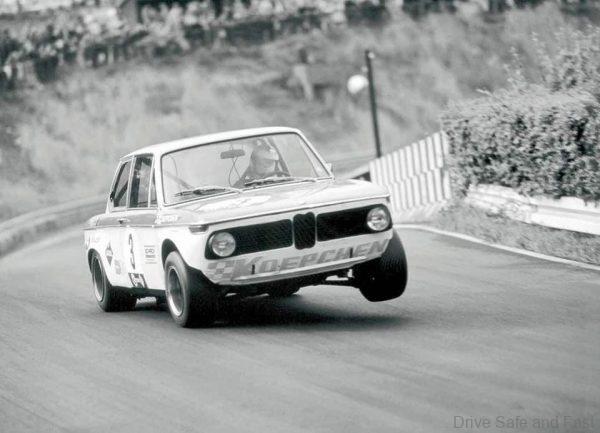Right Vehicle Dynamics Provides For A Fun And Safe Driving Experience
Vehicles dynamics can have millions of combinations, so which is the right combination.
It is easy to fall into the ‘trap’ of spending thousands of Ringgit to get your car handling ‘right’. There are many tuning shops that will promise upgraded handling with great results and there have been many naïve car owners who have parted with their parents or their own hard earned money to get ‘even worse’ handling.
Arguments arise, accidents happen, sometimes even death and these ‘half baked tuning shops continue to be in business. Understanding vehicle dynamics is not easy and for many, the answer is to lower the car. Lowering your cars height is not always the answer and most of the time it is just for ‘the looks’.

That is why up to now vehicle dynamics simulation software still cannot fully predict all situations, especially driver feel and the final evaluation is still done physically with the real car and a test driver, however, the number of iterations can be reduced.

The top picture shows the front end roll stiffness set to high (too stiff anti roll bar and/or too stiff a spring) causing lifting of the inner front tyre n the outer tyre taking the full lateral force causing extreme slip angles to be generated at the contact patch, ultimately loosing traction and going into a slide and this causes under steer condition.
Also notice the weight transfer towards the rear end causing a rear end to dip with the front of the vehicle high up which disturbs the aerodynamics causing more front end lift as air is force under the car.

In this second picture (above) the situation is the opposite where there is too much rear roll stiffness causing the weight to transfer to the front, rear inner tyre lifted with all the lateral forces taken up by the outer tyre causing large slip angle at the tread, thus reducing traction and going into a rear end slide causing an over steering attitude, where the driver has to do corrective counter steering to prevent going into a spin.
The target is to balance the front and rear roll stiffness (by choosing the correct anti roll bar and spring stiffness) so that all 4 tyres are planted on the ground and all tyres are equally loaded as much as possible and when the limit is reached all four wheels go into a controlled slide in a neutral steering attitude with equal front to rear end weight transfer n keeping a level stance and still maintain good aerodynamics.
In the end, drivers want good handling which gives a safer feel on the road.

